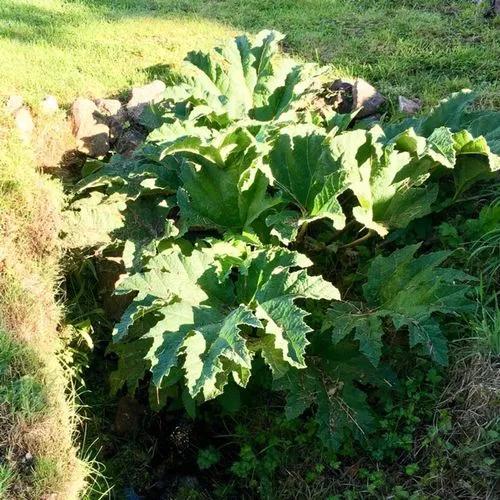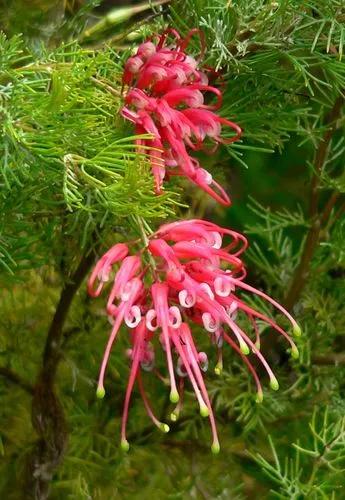The Chinese Fringe Flower or Loropetalum chinense [lor-oh-PET-al-um, chi-NEN-see] is one of the most visually pleasing plants for the landscape.Native to China, Japan, and other parts of Southeast Asia, this flowering evergreen shrub belongs to the family Hamamelidaceae, better known as the witch-hazel family
Chinese Fringe-flower Care
Loropetalum Chinense 'Rubrum'



How to Care for the Plant

Water

Since Loropetalum chinense has average water needs, occasional or infrequent watering is all they require to be healthy. Be very careful about overwatering the plants as the Chinese fringe flower is prone to root rot. To prevent this, mulch the plants.

Fertilizer

For optimal flowering and new growth, feed the plants with slow-release and balanced granular fertilizer. Dilute the formula in water and feed the root area two or three times in the year.

Sunlight

Full sun to part sun is what this Chinese witch-hazel plant needs. Full sun in the wee hours of the morning will help produce more vibrantly-colored flowers. However, some partial shade from the afternoon sun will help.

Soil

Organically rich and fertile soil is of preference here. Light, well-drained soil mixtures are the best way to go for witch hazel plants. If you’re using a heavier soil type, it’s important you improve its drainage and be careful about watering or it may harm the plant.

Temperature

As for temperatures, these plants are winter-hardy.They thrive and produce the deepest colors when the temperatures go down. In fact, they can go down to 5° degrees Fahrenheit (-15° C)

Popularity

166 people already have this plant 52 people have added this plant to their wishlists
Discover more plants with the list below
Popular articles






